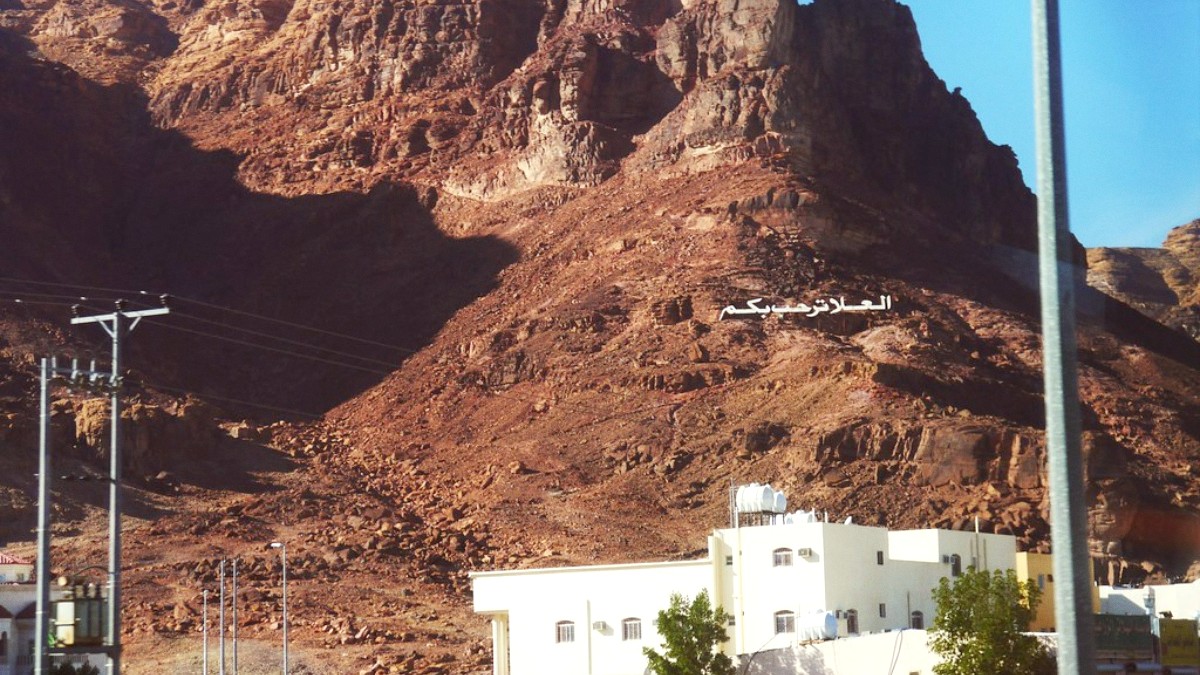
Saudi Arabia
The region forms a vast, deep desert valley, a striking geological amphitheater. This valley defines the area, flanked by towering sandstone cliffs that ascend majestically from the desert floor. These cliffs come in warm hues, from deep ochre to fiery red, shaped by relentless wind and water erosion over millennia. Within this impressive geological setting, visitors find wadis, dry riverbeds that intermittently flow after rare rains. These wadis cross the landscape, guiding water towards the heart of the oasis. This green ribbon of life has sustained communities for millennia, drawing on underground water sources.
The elevation of AlUla town is around 630 meters (2,070 feet) above sea level. The desert environment means clear skies are common, specifically at night, inviting stunning views of the stars.
The natural landscape is a silent testimony to geological forces, framing unparalleled beauty that changes with the sun's light, casting long shadows and showing hidden textures throughout the day.
AlUla holds over 200,000 years of continuous human presence, a testimony to its lasting appeal and strategic location. Evidence indicates habitation from the Stone Age, with archaeological discoveries painting a picture of ancient societies flourishing in this oasis. Its history is layered, marked by the rise and fall of kingdoms that shaped trade and culture across the ancient world.
The region's prominence grew as it became a crossroads along the ancient Incense Road. This network of trade routes connected the Arabian Peninsula, North Africa, and the Mediterranean. AlUla’s oasis served as a stop for caravans, supplying water, food, and shelter for merchants and their valuable cargo. This commercial hub brought immense wealth and cultural exchange, making AlUla a melting pot of civilizations.
Established AlUla as its capital, controlling Incense Road trade. Dadan shows sophisticated urban planning and the "Lion Tombs."
Succeeded Dadanites, maintaining economic and political sway. Their presence is evident in numerous inscriptions.
Built Hegra (Mada'in Salih), their second-largest city. It is Saudi Arabia's first UNESCO World Heritage site.
Annexed the Nabataean Kingdom, integrating the region into its provincial system.
AlUla remained a stop for pilgrims en route to Mecca and Medina, leading to the growth of AlUla Old Town.
Each rock formation and ancient ruin here shares a narrative of human endeavor across thousands of years.
The rock-cut "Lion Tombs" are noteworthy examples of Dadanite funerary architecture, demonstrating their carving skills and beliefs. These tombs, bearing sculptures of lions, guarded the elite of this ancient kingdom.
Hegra's monumental tombs showcase a blend of Nabataean, Egyptian, Roman, and Greek architectural styles, reflecting the diverse influences of the Incense Road.
Reflect on the depth of history here. Each rock formation and ancient ruin tells a story of human endeavor across thousands of years.
AlUla today represents a destination undergoing careful progress. Its designation as an UNESCO World Heritage site affirms its unparalleled historical, cultural, and natural heritage. The Royal Commission for AlUla (RCU) guides this extensive progress, aligned with Saudi Vision 2030, a nationwide initiative for economic diversification and tourism growth.
The RCU focuses on sustainable tourism, ensuring conservation efforts protect the delicate ecosystem and preserve the rich cultural legacy for future generations. This commitment means visitors find heritage in a responsible manner, supporting local communities and environmental care.
Saudi Arabia's first UNESCO World Heritage site, with over 110 preserved Nabataean tombs.
A striking natural rock formation sculpted by millennia of erosion, ideal for relaxation and photos.
The world's largest mirrored building, reflecting the desert landscape, a modern icon.
AlUla combines deep history, raw desert beauty, and a vision for sustainable tourism. Visitors find themselves immersed in a place that feels both ancient and new.